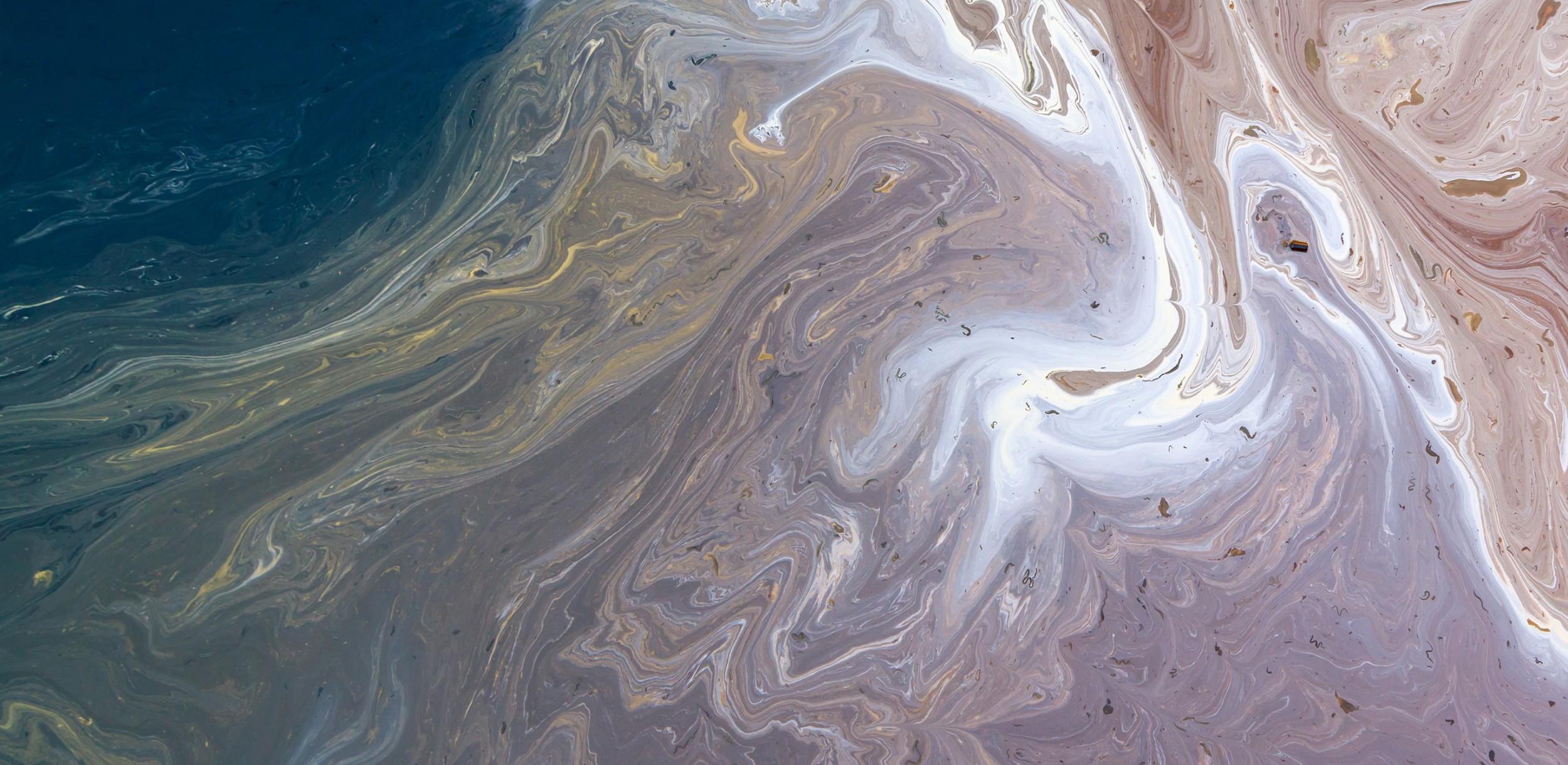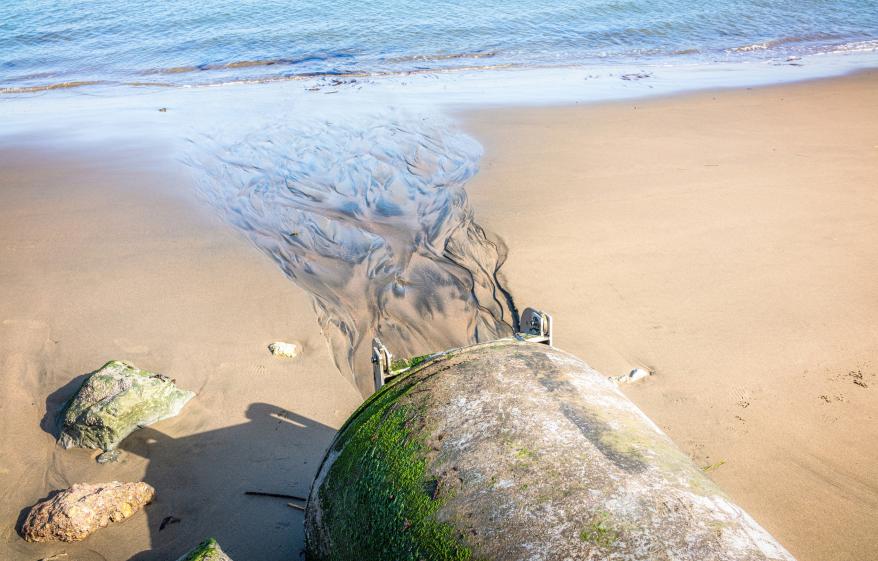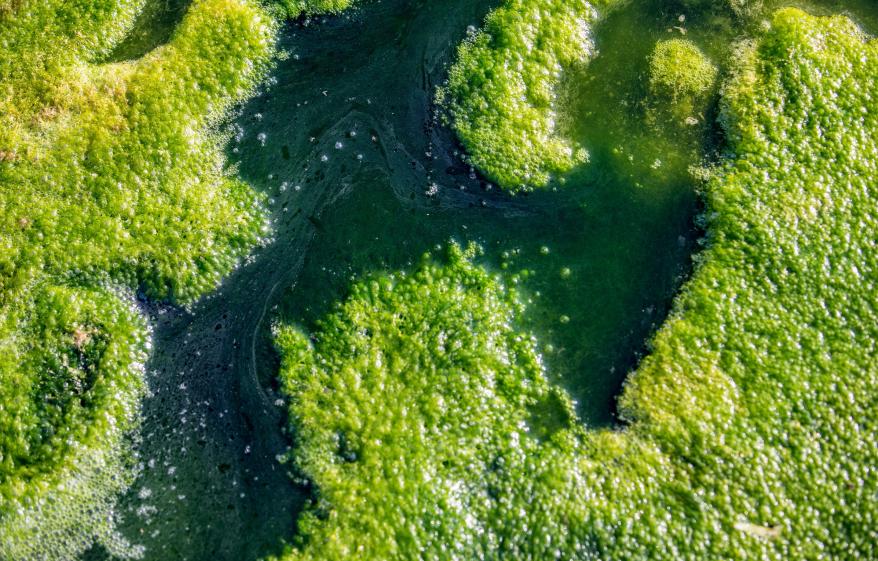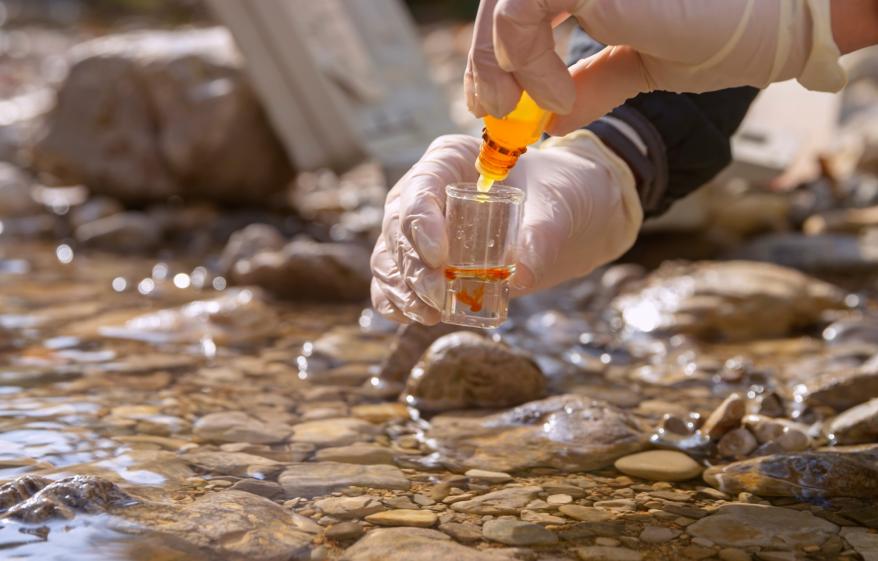
Water pollution in lakes and rivers
Each year, millions of hours of untreated sewage are overspilling into our lakes and rivers.
In a report published in January 2022, the Environmental Audit Committee reported only 14% of English rivers meet good ecological status and that the Government is not on track to meet the Water Framework Directive requirement for all rivers to reach good status by 2027, with a date of 2063 being more likely. Wildlife and Countryside Link has warned that the water quality of rivers in England is the worst in Europe.
In fact, in the UK in 2021, the year with the most recent data available, there were more than 372,000 spill events – more than 2.6 million hours overall, with untreated effluent – including human waste, wet wipes and condoms – released into the UK’s waterways.
It is well reported that pollution in lakes and rivers is a significant environmental problem that can have far-reaching consequences for both human health and the natural environment. Polluted water can harm aquatic life, such as fish and other wildlife, and can also have an impact on the quality of the water supply for human consumption. The presence of harmful pollutants in water can also make it unsafe for recreational activities such as swimming, boating, and fishing, which can have a negative impact on local economies that rely on tourism.
The main sources of pollution in lakes and rivers include sewage, agricultural runoff, industrial discharge, and chemical pollution.
The discharge of untreated sewage from urban areas finds its way into lakes and rivers, particularly during heavy rainfall when sewage systems can become overwhelmed. When sewage systems become overwhelmed, untreated sewage can be discharged directly into nearby waterways, introducing harmful bacteria, viruses, and other pathogens.
Untreated sewage contains high levels of nutrients, such as nitrogen and phosphorus, which can cause harmful algal blooms and oxygen depletion in waterways. The decomposition of organic matter in sewage can also consume dissolved oxygen in water, creating “dead zones” where aquatic life cannot survive.
In addition to harmful pathogens and nutrients, untreated sewage can also introduce microplastics into waterways. Microplastics are small plastic particles that are often found in personal care products and can accumulate in the environment. Once in the water, they can be ingested by aquatic organisms and work their way up the food chain, potentially harming both aquatic life and human health.
Pesticides and fertilisers that are used in farming can easily be washed off the fields during rainfall or irrigation and find their way into nearby waterways, either directly or through runoff from streams and rivers.
Once in the water, these chemicals can be harmful to aquatic organisms. Some pesticides are toxic to fish and other aquatic animals, and exposure to high levels of these chemicals can cause death or harm to their reproductive and immune systems. Similarly, excessive amounts of fertiliser in water can cause an overgrowth of algae and other aquatic plants, leading to oxygen depletion and fish kills.
In the UK, the government has implemented a number of measures to reduce river pollution, including stricter regulations for industrial and agricultural activities, improved wastewater treatment processes, and increased monitoring and enforcement. However, much work remains to be done to address this critical environmental issue and protect the health and wellbeing of both people and wildlife that depend on these lakes and rivers.













